A hair raising problem: Review your claims with a fine tooth-comb
The hair-care products industry is made up of both multi-national and domestic players and as per published statistics, the revenue in the hair care segment (comprising of shampoos, conditioners, hair-masks, styling products and hair colour) in India, amounts to US$2,788.8m in 2020 (https://www.statista.com/outlook/70040000/119/hair-care/india). The market is expected to grow annually by 8.1% (CAGR 2020-2023).If we add Hair oil within this segment, the statistics will be different and the numbers will look healthier. Naturally, each player in the industry is advertising rampantly across all media, but more recently on social media platforms increasingly. This Article is part of a series of articles on ‘Misleading Advertising’ by Advocate Aazmeen Kasad. Part 6 covers the aspect of ‘Hair-raising Misleading Advertisingby Hair-Care Products’.
Also read: Endorsers Beware: Of Endorsements & Celebrities in Consumer Protection Act, 2019
Dry, frizzy hair, hair loss, thinning hair, damaged hair are conditions which stress out most individuals who aspire to have glossy, thick, voluminous, healthy hair. Hair care products claim to protectand repair the damage already caused to one’s hair due to lifestyle changes, dietary habits, age, weather, pollution, etc.
Added to the fact that individuals feel insecure when they start having damaged hair or hair loss, is the aspect that everyone aspires to have glorious hair like celebrities do. It is then no wonder that almost every major hair care brand uses celebrities to endorse their products. While celebrity endorsements are permitted and beneficial for the brand, the recently amended Consumer Protection Act, 2019, (the ‘Act’) has included provisions which impose liabilities on celebrity endorsers for misleading advertisements.
Advertisers also resort to Comparative Advertising to make superlative claims for their products. Advertisers should ensure that while comparing its product with that of its competition, all significant attributes of comparison are provided. Selective attributes’ comparison is held to be unfair, even if it is of the same product category. Similarly, not disclosing important information is also misleading a consumer’s trust. A classic case would be where the advertiser fails to specify that it is comparing its shampoo with conditioner with another product which is just a shampoo. Another way of ensuring that an advertiser does not run into a legal issue while promoting its brand through comparative advertising is by having substantiation in the form of research reports or laboratory studies, etc., backing up its claims of superiority.
Where a product manufacturer claims that it is selling almond oil or amla oil, but the oil is in reality vegetable or mineral oil with an extremely small/ negligible percentage of almond or amla, it is considered to be a misleading by implication claim.
Claims by hair oil manufacturers, which serve to assuage the insecurities of balding individuals with false assurances that hair growth will return within a specific number of days and the bald scalp will have a bountiful growth of hair is misleading by exaggeration.
Per Section 2(1) of the Act, an ‘advertisement’ means any audio or visual publicity, representation, endorsement or pronouncement made by means of light, sound, smoke, gas, print, electronic media, Internet or website and includes any notice, circular, label, wrapper, invoice or such other documents. Therefore, this includes advertisements not only on the traditional media such as print, radio or television advertisements, but also includes packaging, point of sale material, etc. Advertisements on the Internet, including social media such as ads posted on Facebook, Instagram, Twitter, LinkedIn, etc., also fall within the purview of the Act, as do advertisements on websites, which includes the advertiser’s own website(s).
As per the Act, a ‘misleading advertisement’ in relation to any product or service, means an advertisement, which (i) falsely describes such product or service; or (ii) gives a false guarantee to, or is likely to mislead the consumers as to the nature, substance, quantity or quality of such product or service; or (iii) conveys an express or implied representation which, if made by the manufacturer or seller or service provider thereof, would constitute an unfair trade practice; or (iv) deliberately conceals important information.
As per section 2(47) of the Act, an ‘unfair trade practice’ means a trade practice which, for the purpose of promoting the sale, use or supply of any goods or for the provision of any service, adopts any unfair method or unfair or deceptive practice including any of the following practices, namely (i) making any statement, whether orally or in writing or by visible representation, including by means of electronic record, which (a) falsely represents that the goods are of a particular standard,quality, quantity, grade, composition, style or model; (d) represents that the goods have sponsorship, approval,performance, characteristics, accessories, uses or benefits which such goods do not have;(f) makes a false or misleading representation concerning the need for, or the usefulness of, any goods.
In light of the newly introduced provisions under the Act, which came into force from July 20, 2020, it is advisable for not only the advertisers and the endorsers, but also the publishers of the advertisements to exercise caution on the claims that form part of the advertisement of the goods/ services. Under the Act, any advertiser, trader, publisher and endorser found to be guilty of a false or misleading advertisement, may receive an order from the Central Consumer Protection Authority, with directions to the concerned trader or manufacturer or endorser or advertiser or publisher, as the case may be, to discontinue such advertisement or to modify the same in such manner and within such time as may be specified in that order. If the Central Authority is of the opinion that it is necessary to impose a penalty in respect of such false or misleading advertisement, by a manufacturer or an endorser, it may, by order, impose on manufacturer or celebrity endorser a penalty which may extend to Rs 10 lakh in the first instance and for every subsequent contravention by a manufacturer or endorser, a penalty, which may extend to Rs 50 lakh may be imposed. Additionally, where the Central Authority deems it necessary, it may, by order, prohibit the celebrity endorser of a false or misleading advertisement from making endorsement of any product or service for a period which may extend to one year in the first instance, which may extend to three years for every subsequent contravention. Any person found to publish, or is a party to the publication of a misleading advertisement, except in the ordinary course of his business, may be penalisedwith a fine which may extend to Rs 10 lakh. The defence that the false or misleading advertisement was published in the ordinary course of business shall not be available to such person if he had previous knowledge of the order passed by the Central Authority for withdrawal or modification of such advertisement.
Honest advertising can empower consumers into making better buying decisions; while for advertisers, it can garner goodwill, trust, brand loyalty, higher sales which translates intohigher revenues and profits. On the other hand, deceptive or misleading advertising can hurt the brand, expose the advertiser to legal risks and fines and also loss of consumer trust and in the long run, consumers.The ensuing Parts of the series will pertain to various other aspects of what constitutes Misleading Advertising and key judicial precedents on the same.
(Advocate Aazmeen Kasad is a practicing corporate advocate with over 20 years of experience, with a focus on the Media, Technology and Telecom industries. She is also a professor of law since 13 years. She is a member of the Consumer Complaints Council of the Advertising Standards Council of India. She is a speaker at several forums.)


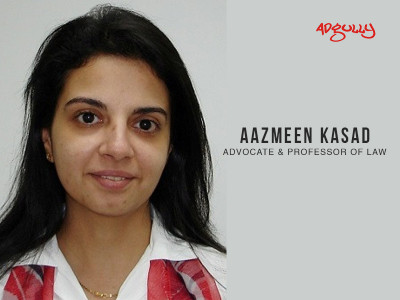
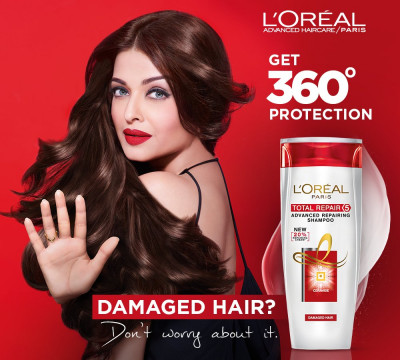
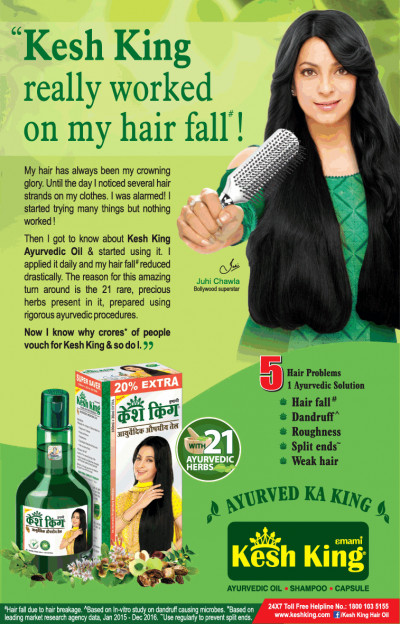
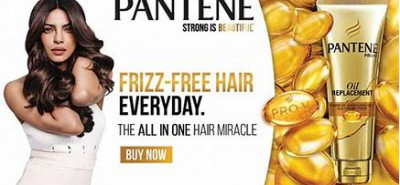
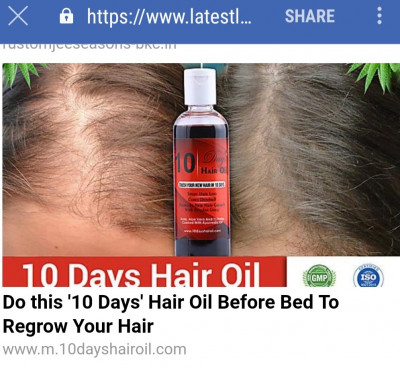
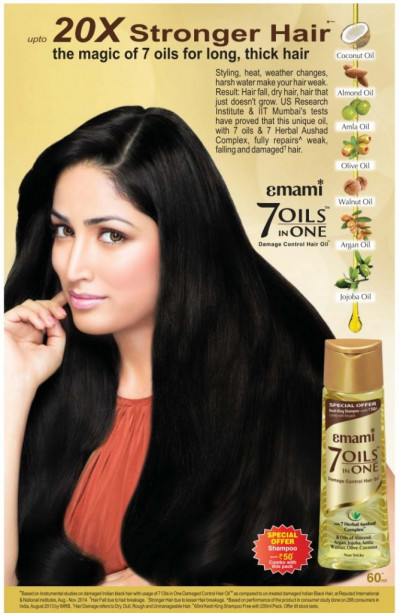
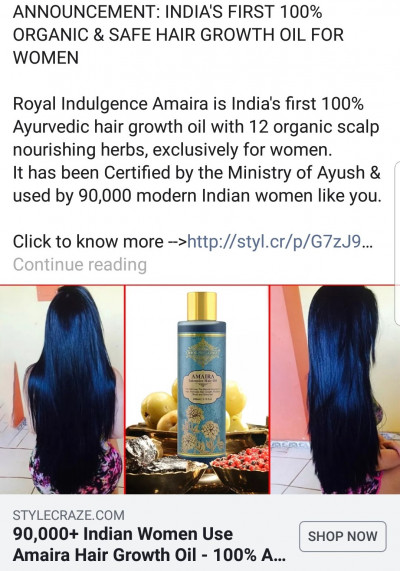






Share
Facebook
YouTube
Tweet
Twitter
LinkedIn